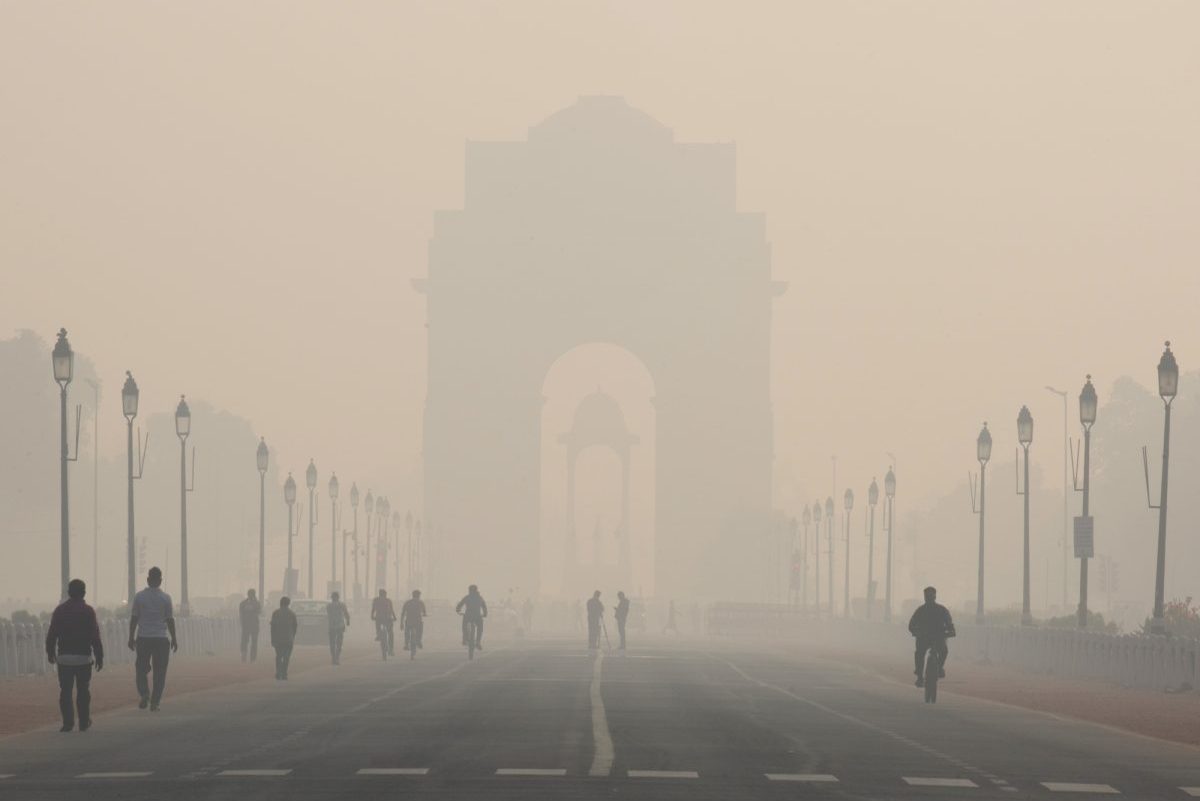In simple terms, smog is air pollution that lower visibility. This pollution occurs as a result of harmful pollutants like carbon monoxide (CO), nitrogen oxides (NOx), sulfur dioxide (SOx), and volatile organic compounds.
How is Smog Formed?
The main components of smog are ground-level ozone and airborne particulate matter. Ground-level ozone is formed when volatile organic compounds and nitrogen oxides create a chemical reaction where there is sunlight.
On the other hand, particulate matter compromises solid particles and tiny liquid droplets emitted during combustion. Particulate matter can also be introduced to the atmosphere due to chemical reactions involving volatile organic compounds.
The Health Impacts of Smog
Smog can have severe health effects, especially with extended exposure. When inhaled, smog can lead to different types of side effects, depending on the amount inhaled. The health effects can also depend on the type of components in the smog and the individual’s weight, age, activity level, and overall well-being.
Some of the common health effects of smog include:
- Nose and throat irritation
- Eye irritation
- Decreased lung function
- Worsens heart disease or respiratory issues
- Death, in rare cases
The Health Effects of Each Pollutant
- Ozone– Ozone can lead to respiratory issues such as wheezing and coughing. It can irritate the nose, eyes, throats, and lungs.
- Particulate Matter– Since particulate matter contains liquids and solid particles, it can easily get into the nose and throat. However, particulate matter that is smaller in size can get in the lungs, leading to asthma, infections, emphysema, bronchitis, black lungs, and more.
- Sulfur Dioxide– Besides irritating the eyes, sulfur dioxide can get into the lungs and lead to shortness of breath. It can also convert to sulfuric acid when combined with water, which can lead to harm to the body.
- Nitrogen Oxides– When inhaled, nitrogen oxides can lead to shortness of breath and coughing. When inhaled long-term, it can irritate the lungs and decrease resistance to infection.
- Carbon Monoxide– Exposure to carbon monoxide can deprive oxygen in the body. When it gets into the system, it binds with haemoglobin in the blood and this can reduce the flow of oxygen.
Environmental Effects of Smog
Besides negatively impacting human health, smog can also have an impact on the environment. Here are its effects:
- Ozone– Ozone can lower the amount of CO and this can damage the plant cells. In the process, this can inhibit the plant’s growth and greatly lower agricultural yields.
- Particulate Matter- Particulate can cause damaging effects on plants and the soil. It can limit exposure to the sun, reducing the amount of carbon dioxide. It can also lead to a hazy effect; thus, lowering the visibility.


